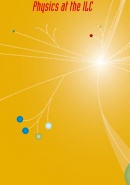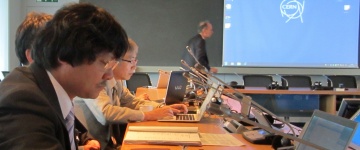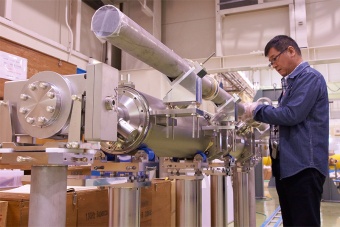Image of the week
Injector cyromodule for the Quantum Beam experimentAt the Superconducting Test Facility (STF) at KEK, Japan, the construction of the injector cryomodule equipped with two ILC-type nine-cell cavities has begun for the Quantum Beam experiment. The cavity string has been brought out of the clean room, ready for tuner installation. The gas return pipe is being readied to be placed in the cold-mass assembly framework. |
In the News
-
from Physics World16 November 2011Work on the Middle East’s first synchrotron light source received a major boost yesterday after scientists began commissioning parts of its accelerator system.
-
from Nature14 November 2011If the solution holds, it is likely to guide future attempts to explain physics beyond the current standard model. It will certainly have implications for any previously unknown particles that may be discovered at the Large Hadron Collider (LHC) at CERN, Europe’s particle physics lab near Geneva, Switzerland.
-
from Discovery News9 November 2011Over the last few decades, particle physicists have developed all kinds of useful simulation tools to help them predict the behavior of subatomic particles interacting with matter, with valuable applications in medical and space science to boot.
-
from The Economist9 November 2011PHYSICISTS are keen on symmetry. The universe does not always humour them. Take the Big Bang: if nature were ideally balanced, equal amounts of matter and antimatter would have emerged from it.
-
from The Observer6 November 2011According to the Higher Education Funding Council for England (HEFCE), there was a 10% increase in the number of students accepted to read physics by the university admissons services between 2008-09, when The Big Bang Theory was first broadcast in the UK, and 2010-11.
Copyright © 2025 ILC International Development Team




